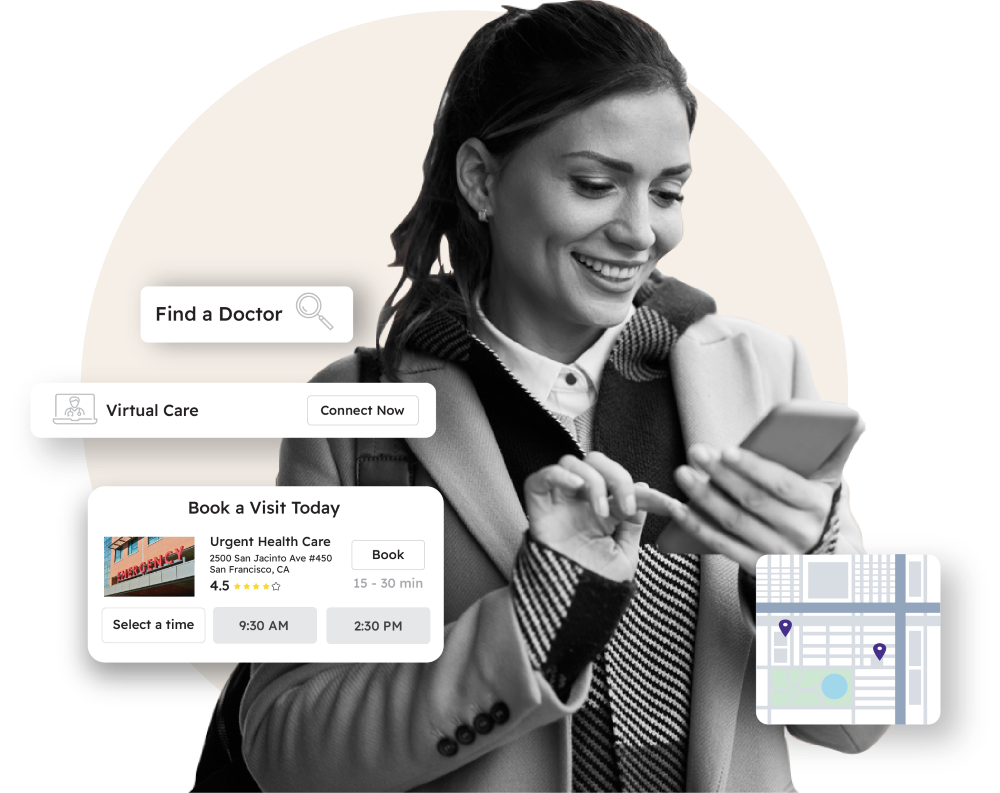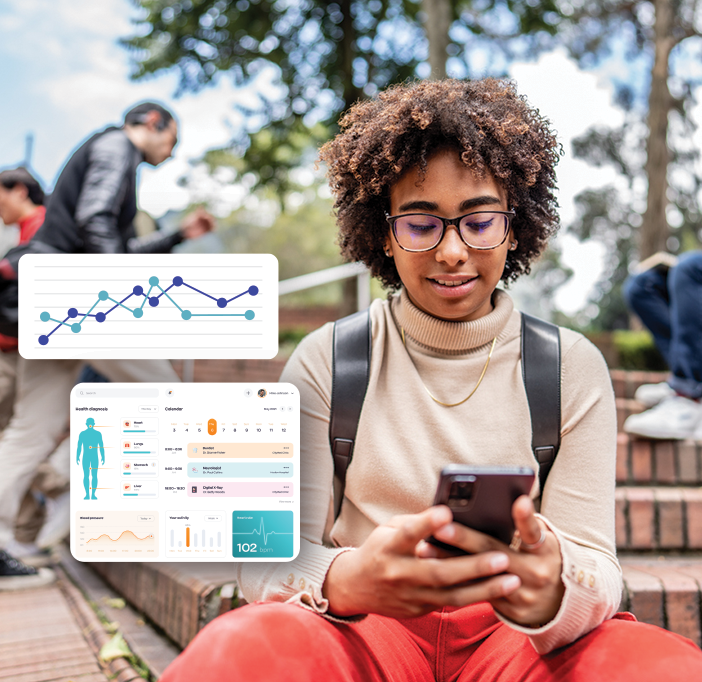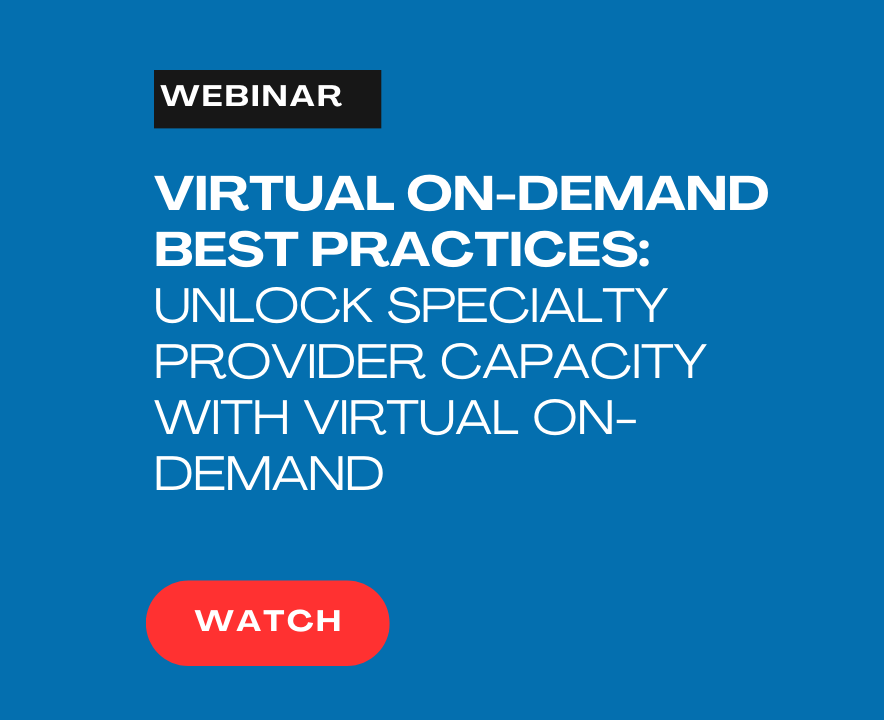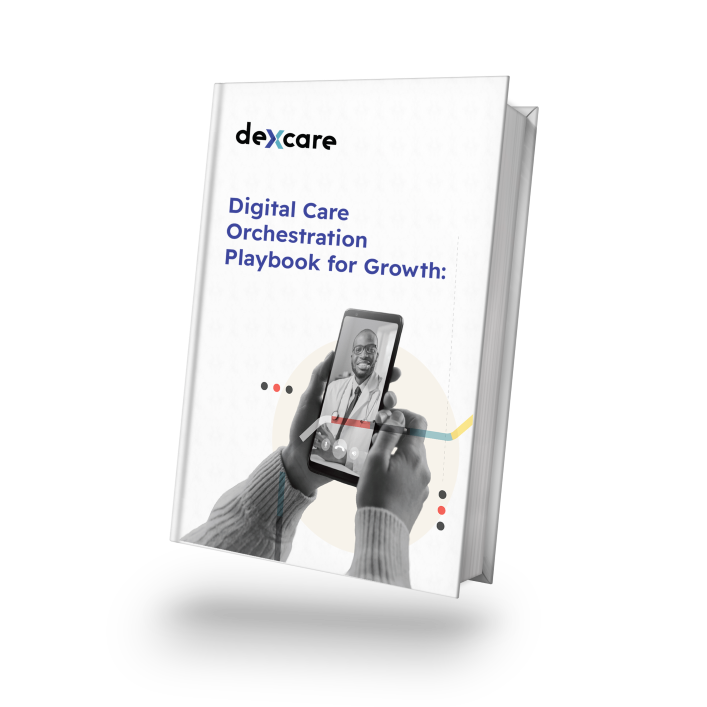Answer Engine Optimization Is Here. Is Your Health System Showing Up?

Gone are the days when ranking in the top 10 blue links on Google was the ultimate goal for health systems. Today, the game has changed — it’s about how your health system and providers show up in AI-powered search summaries and virtual assistants.
At DexCare, we’re hearing this shift from healthcare leaders every day. The key? Moving beyond traditional SEO toward answer engine optimization (AEO). Simply put, AEO means organizing your website and digital data so AI can find and present it clearly to patients searching for care.
If you haven’t started thinking about AEO yet, you could be missing out on how patients discover and choose your services.
Here’s what every health system needs to know about answer engine optimization.
Google still rules, but search has changed forever
The addition of AI overviews at the top of Google has kept the search engine giant in the driver’s seat. While Google’s share of total search traffic recently slipped below 90%) for the first time in a decade, it still outpaces ChatGPT by nearly 400 times for informational queries.
ChatGPT may not be ready to unseat Google as the preferred search engine, but it’s already had a seismic impact on how patients search for care. Not long ago, patients used Google as a directory — typing in phrases like “urgent care near me,” or “what causes sore throats in kids?” and scanning the blue links to find a match.
Now, patients ask direct questions and expect instant answers. They often take the first answer they receive in an AI overview and run with it, rather than hunting through numerous links. All of these changes have real-world implications for your health system, from how you structure your data to how you map a patient’s journey on your website.
Early adopters will win more organic traffic
Health systems that start shifting from SEO to AEO will attract more net-new patients and increase their share of booked appointments. Recent history shows us why.
In 2017-18, page speed became a digital differentiator across industries. Health systems that made their websites faster over the following two years maintained high-ranking positions for key organic search terms. Other sectors, such as e-commerce, moved even faster, with retail marketers seeing increased organic search traffic and maintaining their positions within one year.
This time, adopting AEO quickly will deliver even greater advantages. Because AI engines learn and improve constantly, health systems that invest in AI now are more likely to earn Google’s trust and appear prominently in AI-generated results.
You can already picture your health system winning key AI overviews. But how do you get there?
First, health systems must overcome the hidden threat
Before your organization can excel at AEO, you must address a common but often overlooked challenge: siloed, disorganized, and outdated data.
Google and AI need clear, trustworthy information to deliver authoritative answers. Issues like incomplete provider profiles or inconsistent location data break that trust, making your health system invisible to AI search engines.
Structured provider data helps large language models (LLMs) crawl and index key information from top-of-funnel website pages — like your home page, provider pages, and location pages. This lets AI determine if your content is worth surfacing in an AI overview.
Getting there means consolidating provider data into a single database, and then organizing it consistently — including provider names, specialties, locations, phone numbers, and office hours. Equally important is applying schema markup to this data, which tells AI exactly how to interpret it when crawling your site.
Next, shift from SEO to AEO (Answer Engine Optimization)
Standardized, structured data is just the foundation. To truly succeed with AEO — and win placement in AI overviews — your health system also needs to strengthen three key performance signals.
1. Hyperfast mobile pages
New research shows that website load times are even more critical to a page’s search engine ranking than previously thought. Pages that take longer than 3 seconds to load see a steep drop in organic rankings. Yet in 2024, the average mobile page load time was 8.6 seconds—far too slow. Health systems that deliver mobile content one or two seconds faster than competitors will gain a clear advantage.
2. Dynamic, actionable pages
Your system’s home, provider, and location pages generate the highest volume of traffic. You can increase their chances of ranking by combining credible information with actionable next steps, like booking an appointment. Consider the powerful impact of pairing a blog post on “how to know if you need knee replacement” with available appointments from nearby orthopedic surgeons. You’ll make the patient’s journey easier — and your site more attractive to AI.
3. Real-time scheduling
Showing available appointment slots and allowing patients to book in the moment improves both operations and search performance. Real-time scheduling helps your system optimize capacity, spotlight new providers and reduce time-to-visit. From an AEO perspective, Google and AI will reward websites with higher conversion rates and penalize those with dead ends and high bounce rates. What does an AEO-optimized booking experience look like? Check out SSM Health, which is achieving a 79% conversion rate for urgent care bookings by showing real-time availability and directing appropriate patients to virtual visits.
Need more growth? Focus on non-branded patient acquisition
AEO opens the door to a high-growth opportunity: capturing top-of-funnel traffic for high-volume, non-branded searches. These are broad queries like “best urgent care near me” or “top-rated doctors in Spokane” — the kinds of searches patients make when they don’t have a specific provider or system in mind.
For a health system expanding into a new market, this is a chance to reach patients before they’ve chosen a healthcare provider. By creating AEO-optimized content focused on local areas, specific conditions, and patient intent — and pairing it with real-time scheduling — your organization can become the go-to choice for care.
The result? Increased visibility with new audiences, more first-time bookings, and faster growth in new or underserved markets. This is patient acquisition at scale, powered by AI.
Where DexCare fits into your AEO strategy
At DexCare, we help health systems activate the core pillars of AEO:
- Unifying provider data into a clean, structured model that AI engines can understand and trust
- Optimizing web pages for speed and performance
- Embedding real-time scheduling into high-traffic pages, so both patients and AI can access accurate, actionable information instantly
And because the search landscape evolves quickly, we stay ahead of AEO trends — so our customers can, too.
Curious how your health system stacks up on AEO readiness? Let’s connect.
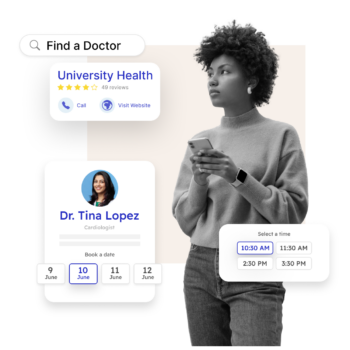
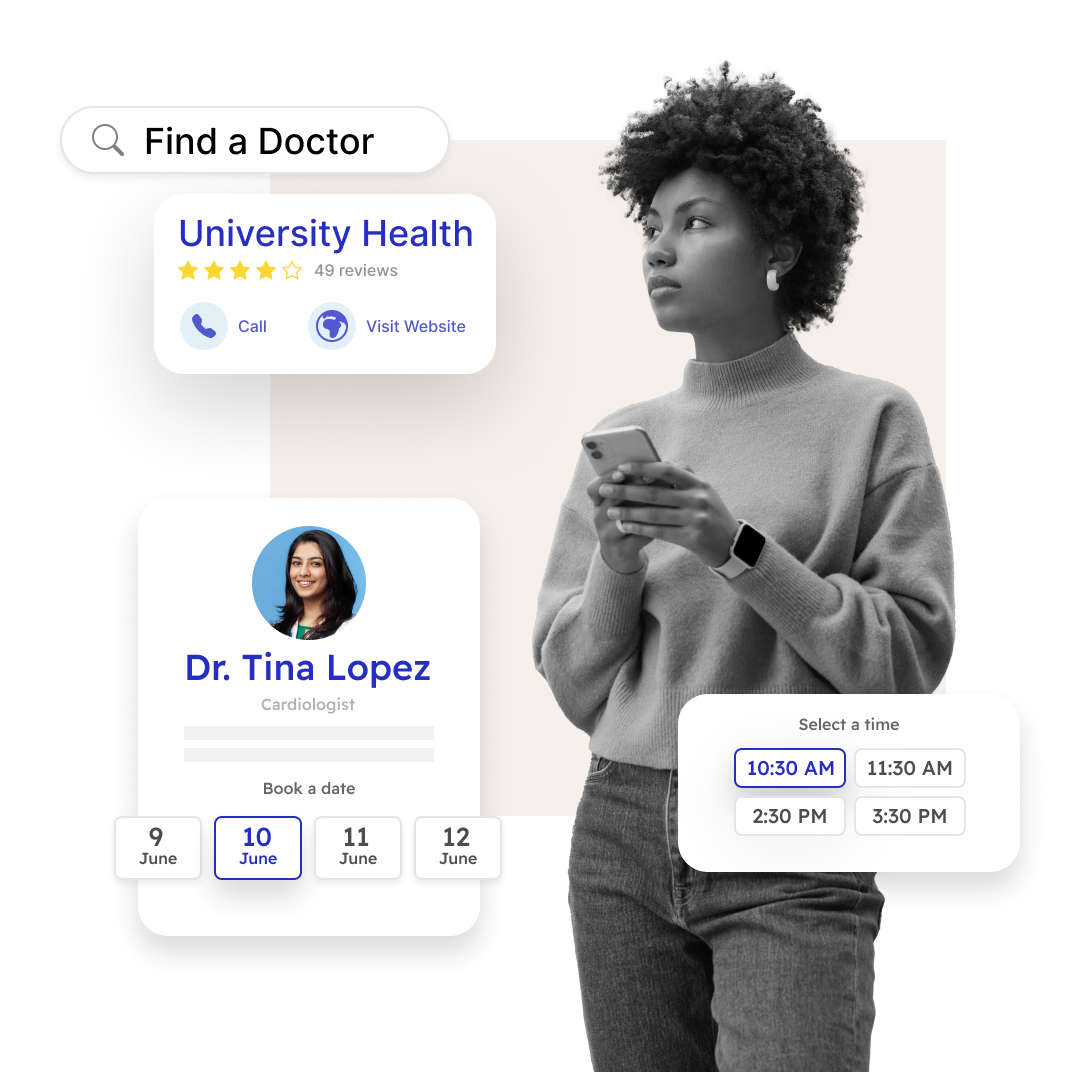
 Veterans Affairs
Veterans Affairs
